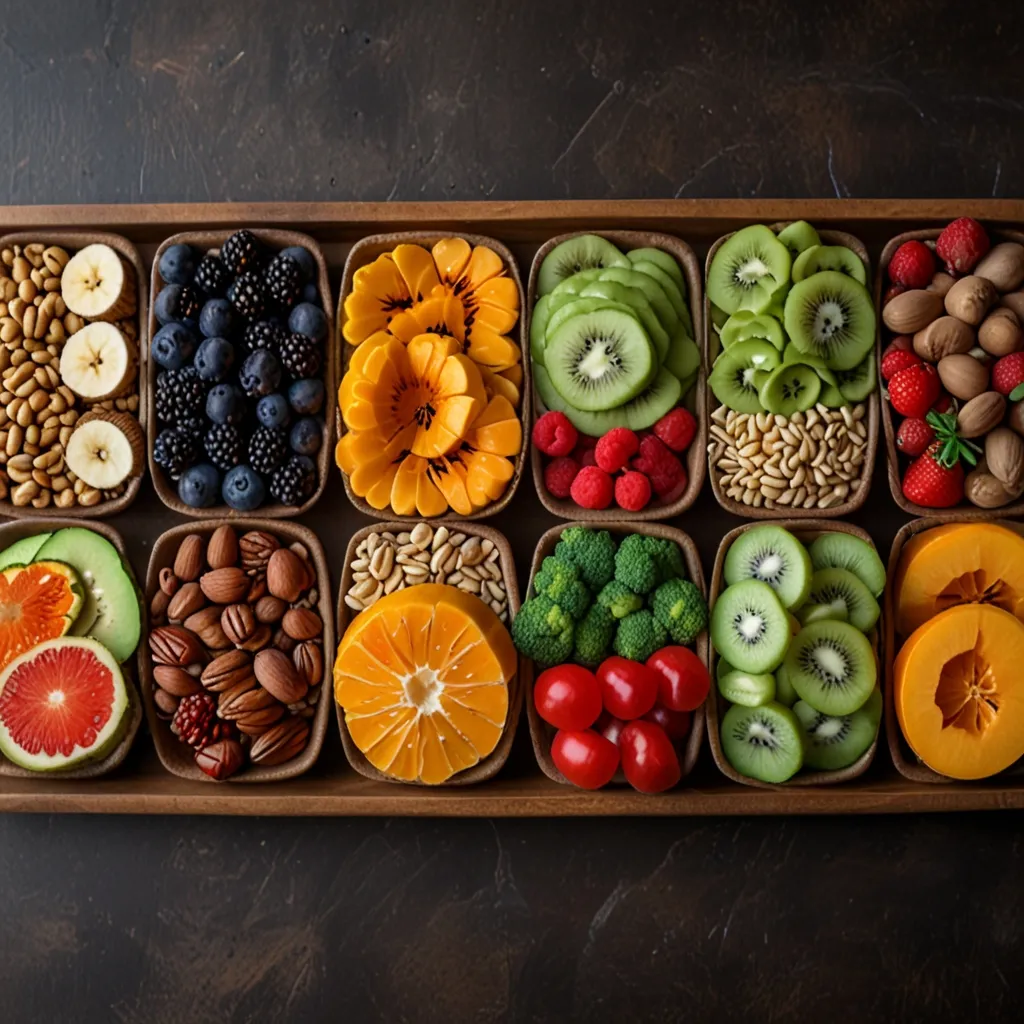Managing high cholesterol might sound like a drag, but it’s all about a few smart changes in your lifestyle and diet. Let’s break it down in a way that’s easy to digest, both literally and figuratively!
First thing’s first, cholesterol. What’s the big deal about it? It’s this waxy, fatty stuff that’s floating around in your blood. You need some of it because it helps with all sorts of bodily functions, but too much can cause chaos like heart disease and heart attacks.
Cholesterol comes in two flavors: there’s the “good” cholesterol (HDL) and the “bad” cholesterol (LDL). HDL is the hero, carrying cholesterol away from your blood vessels, while LDL is the villain that brings cholesterol into your blood vessel walls. And don’t forget triglycerides, another type of fat that can up your risk of heart disease.
When it comes to managing high cholesterol, the heart of the matter is a healthy diet. Think of it as filling your plate with a rainbow of fresh, unprocessed foods while steering clear of unhealthy fats, salt, and sugar. Whole grains, fiber, vitamins, minerals, and healthy fats are your new best friends. Veggies, fruits, lean proteins, and good fats should be your go-to foods.
Let’s talk about some superstar foods that are fantastic at lowering cholesterol. Oats, barley, and other whole grains are rich in soluble fiber, which latches onto cholesterol and helps escort it out of your body. Beans are another fibrous friend that also help you feel fuller longer, which is a plus for weight management. Nuts like almonds, walnuts, and peanuts are awesome for your heart and can chip away at LDL cholesterol.
Don’t overlook veggies like eggplant and okra, both packed with soluble fiber. And fatty fish such as salmon, mackerel, and herring are loaded with omega-3 fatty acids, which keep your ticker happy and reduce heart disease risk. Switch up your cooking oils too—canola, sunflower, and safflower oils are better choices than butter or lard.
So, how can you make these foods part of your daily routine? Start with balancing your plate: think ¼ healthy proteins, ¼ whole grains, and ½ colorful veggies. Watch those portion sizes because more food means more cholesterol. Use herbs and spices instead of salt to jazz up your meals. Go for unflavored dairy products and opt for the low-fat versions especially if your cholesterol is high. Healthy fats like those found in nuts, seeds, avocados, olives, and their oils should be your cooking companions.
But it’s not just about what you eat; how you move matters too. Exercise is crucial for managing cholesterol. A good target is at least 30 minutes of moderate exercise five times a week, or if you like it intense, 20 minutes of vigorous activity three times a week. Even short bursts of activity scattered throughout your day can help.
An exercise buddy can be a game-changer, keeping you motivated. Simple tweaks like taking the stairs instead of the elevator, or parking further away from your destination can tip the scales in your favor. Regular activities like cooking or gardening also count towards your exercise goals.
Besides what you eat and how you move, a few other lifestyle changes can make a big difference. Quitting smoking can quickly boost your HDL cholesterol and lower your risk of heart disease. Keeping a healthy weight is important too since extra pounds can raise your cholesterol levels. Small swaps like choosing water over sugary drinks or snacking on air-popped popcorn instead of chips can add up.
And while we’re on the subject of drinks, moderate alcohol consumption has been shown to raise HDL levels a bit, but it’s not strong enough to recommend picking up the habit if you’re not a drinker. If you do drink, keep it moderate—up to one drink a day for women and up to two for men.
Don’t forget to keep tabs on your cholesterol levels. If you’re 45 or older, a Heart Health Check should include cholesterol testing. For Aboriginal and Torres Strait Islander Peoples, these checks should start at age 18. If your doctor prescribes medication to help lower your cholesterol, make sure you take it as directed and don’t slack off on those lifestyle changes.
In the end, managing high cholesterol isn’t just about making a couple of changes and calling it a day. It’s a mix of eating right, staying active, and tweaking other parts of your lifestyle. By focusing on a variety of fresh, unprocessed foods, keeping an eye on unhealthy fats and sugars, and staying physically active, you can drastically cut down your risk of heart disease.
Remember, it’s about small, consistent changes over time. So, start today with those little healthy choices. In no time, they’ll add up to a happier, healthier you!






